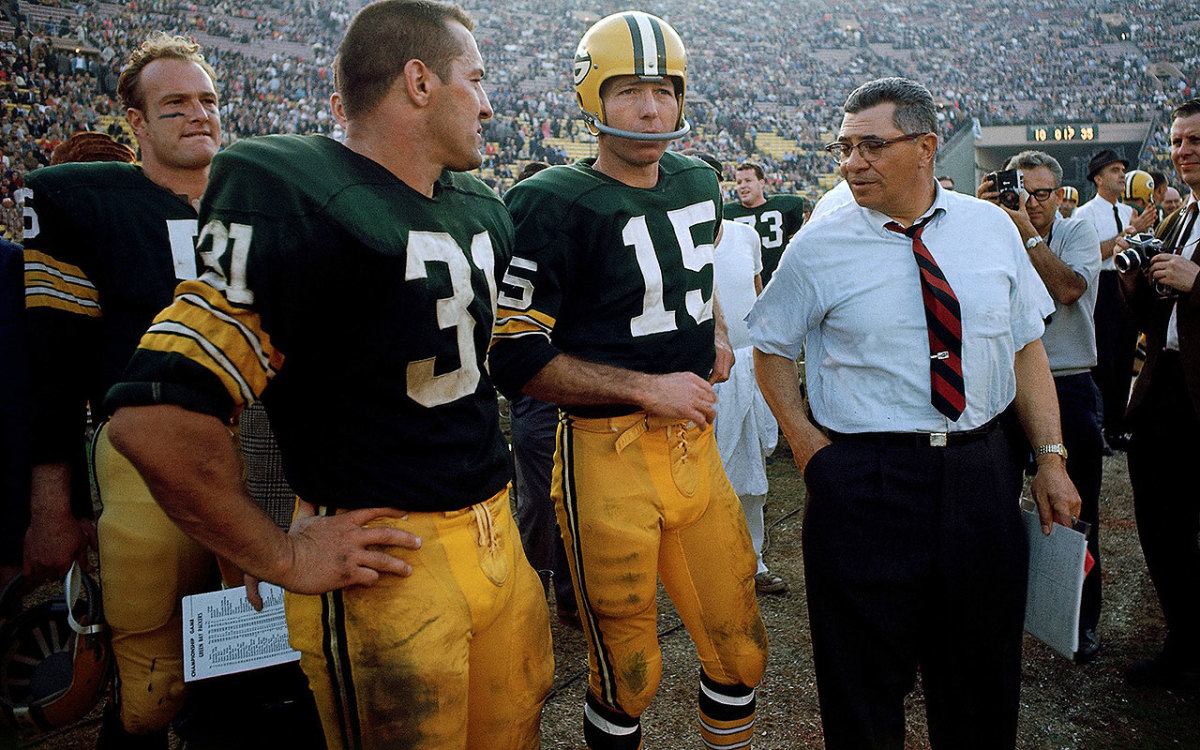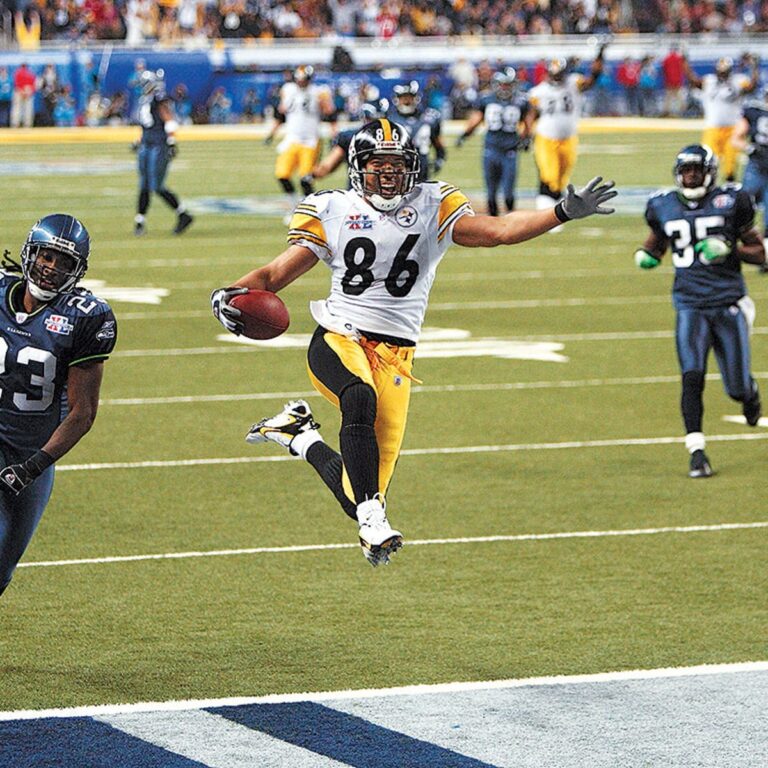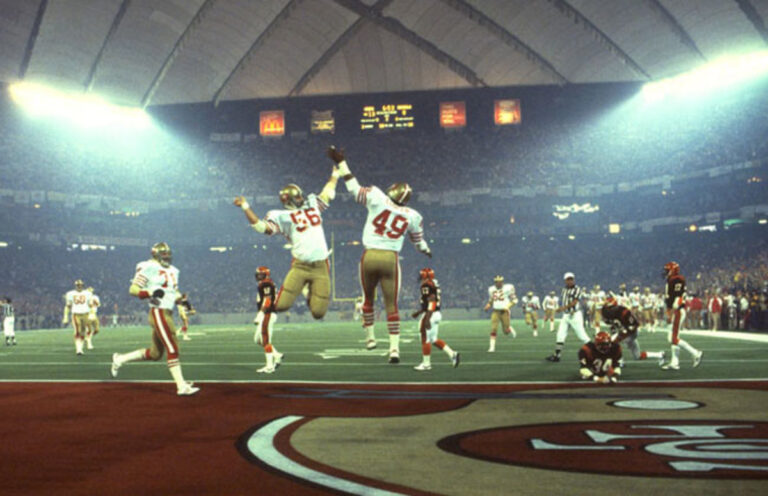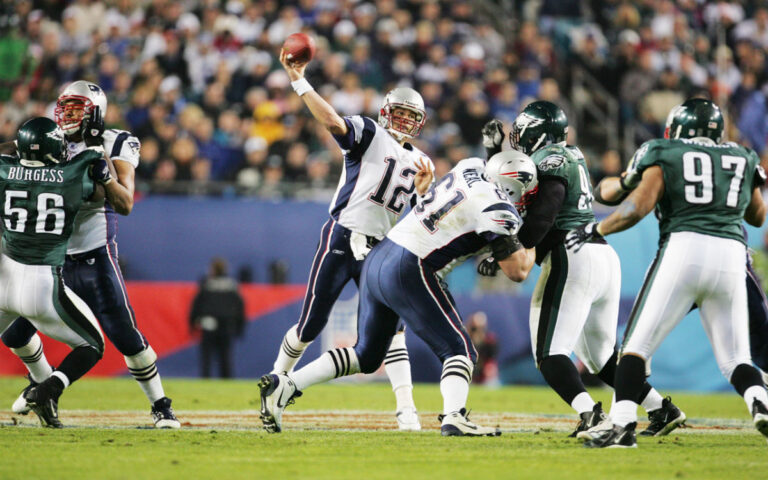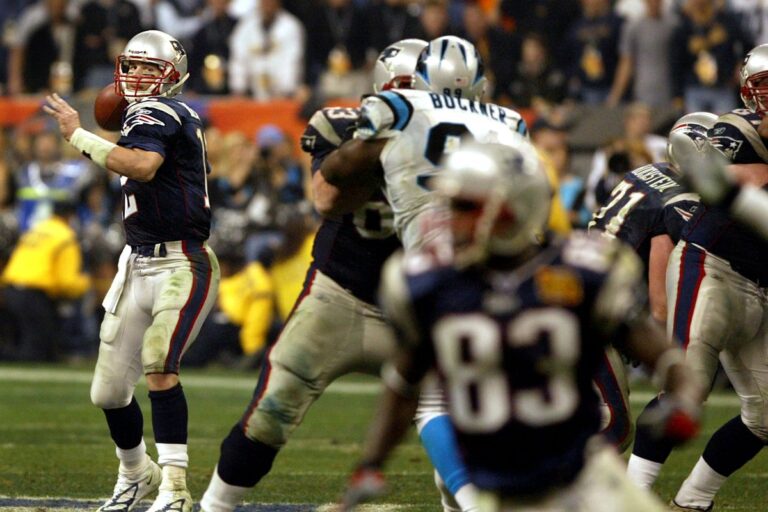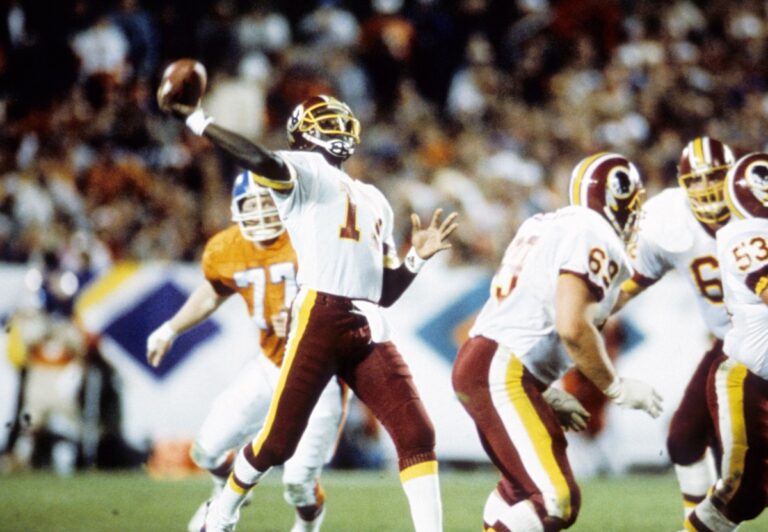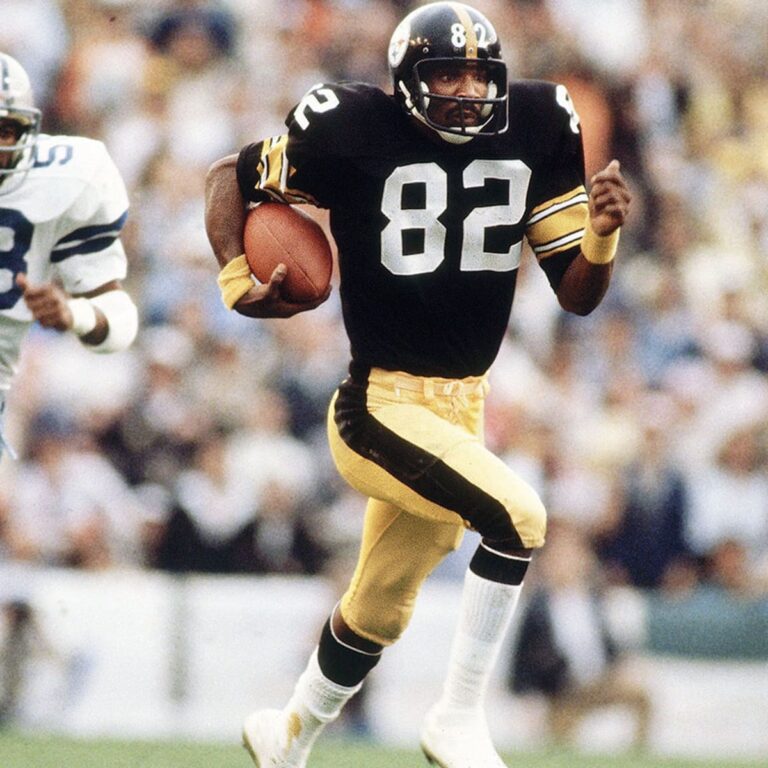Super Bowl I: The Inaugural Showdown That Changed Football History
Introduction:
The Super Bowl, an annual sporting spectacle that captivates millions, had humble beginnings. Let’s rewind the clock to January 15, 1967, when the Green Bay Packers faced off against the Kansas City Chiefs in what would later be known as Super Bowl I.
The Genesis of Super Bowl:
Before Super Bowl I, the National Football League (NFL) and the American Football League (AFL) were two separate entities. The idea of a championship game between the two leagues had been brewing for years. Super Bowl I was the manifestation of that dream.
The Merger and the Birth of Super Bowl:
The NFL and AFL were fierce competitors, vying for talent and viewership. In 1966, the leagues agreed to merge, with the first championship game scheduled for January 15, 1967. This game, initially called the AFL-NFL World Championship Game, would later be branded as the Super Bowl.
The Teams and Their Journey:
The Green Bay Packers, led by the legendary coach Vince Lombardi, were the reigning NFL champions. The Kansas City Chiefs, representing the AFL, were formidable opponents. The anticipation leading up to the game was palpable, and fans eagerly awaited the clash of the titans.
The Game Itself:
On a sunny day in Los Angeles, the Los Angeles Memorial Coliseum hosted the historic showdown. The Packers dominated the first half, securing a 14-10 lead. However, the Chiefs fought back, showcasing the competitive spirit that would become a hallmark of Super Bowl games.
Key Moments:
One of the game’s defining moments was when Packers quarterback Bart Starr connected with receiver Max McGee for a 37-yard touchdown pass. McGee, who had not played a significant role during the regular season, turned into an unexpected hero, adding a layer of unpredictability to the game. The Packers’ defense also played a crucial role, intercepting Chiefs quarterback Len Dawson and solidifying their lead.
Halftime Show:
Super Bowl I featured not one but two halftime shows, reflecting the evolving nature of the event. The first half featured traditional marching bands, highlighting the college football atmosphere. The second half showcased the world-famous trumpeter Al Hirt and the Grambling State University Marching Band. This dual-show format laid the groundwork for the extravagant halftime performances that would later become a staple of Super Bowl entertainment.
Legacy and Impact:
Super Bowl I laid the foundation for what would become a cultural phenomenon. The merger of the NFL and AFL in 1970 further solidified the Super Bowl as the pinnacle of professional football. The game’s success also paved the way for elaborate halftime shows, iconic commercials, and a global audience.
In the years that followed, the Super Bowl became more than just a football game; it became an annual spectacle that transcended sports. Advertisers recognized the game’s immense viewership, leading to the creation of iconic Super Bowl commercials that became as anticipated as the game itself.
The halftime show evolved into a star-studded production, featuring some of the biggest names in the music industry. From Michael Jackson’s electrifying performance in 1993 to Beyoncé’s unforgettable show in 2013, the halftime show became a cultural event on its own.
Super Bowl I’s impact wasn’t confined to the football field. It played a pivotal role in the growth of American football’s popularity, turning the championship game into a national holiday of sorts. The Super Bowl became an event where families and friends gathered, not just for the love of football but also for the shared experience of watching the spectacle unfold.
Conclusion:
As we gear up for the next Super Bowl, let’s take a moment to appreciate the roots of this grand event and the impact it continues to have on the world of sports and entertainment. Super Bowl I was more than just a football game; it was a historic moment that changed the landscape of American sports.
In the decades since that inaugural game, the Super Bowl has grown into a cultural phenomenon, blending sports, entertainment, and commerce in a way that few events can. As we witness the culmination of each football season with the Super Bowl, we can trace its origins back to that sunny day in Los Angeles when the Packers and the Chiefs faced off in the game that started it all.

